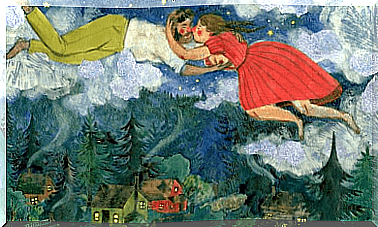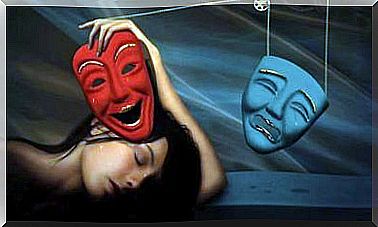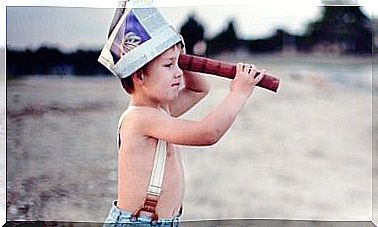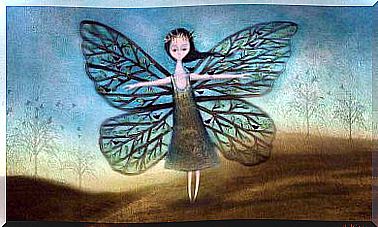The Symbology Of Dreams In Jungian Analysis
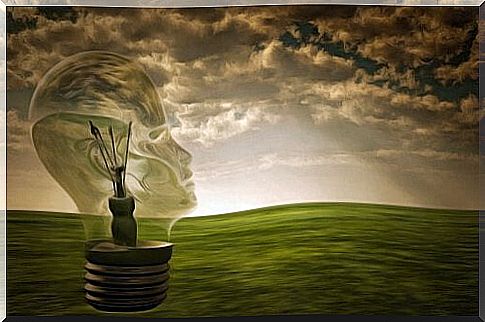
Carl Jung strayed far from the Freudian idea that dreams represented unfulfilled desires. He developed other concepts for interpreting his patients’ dreams. The symbology of dreams in Jungian analysis is much richer and more interesting.
This psychological approach suggests a collective unconscious beyond the personal. It identifies figures from the dream world as symbols that carry messages from the unconscious world.
Jungian analysis deals with archetypes. It identifies them with unconscious attitudes that lurk in the conscious mind. These archetypes are manifested through symbols, more or less universal, which help to improve the understanding of unconscious attitudes. Each figure that appears in a dream can represent an aspect of the dreamer. Some psychological schools attribute this characteristic also to inanimate objects that appear in dreams.
The symbology of dreams: language analysis
From the perspective of the patient undergoing therapy with a Jungian analyst, the experience in many cases results in a real discovery. Opening the door of understanding to the meaning of dreams from the Jungian approach also opens the door to a fascinating world.
Symbols are, for Jungian psychology, the language in which we express ourselves in dreams. A language that is not always easy to put into words.
In fact, in our conscious life we also use many symbols to express ideas. Therefore, Jungian psychoanalysis emphasizes the fact that, although the symbology of dreams seems to have universal characteristics, one should not interpret a symbol without having a deep understanding of the dreamer’s personal situation.
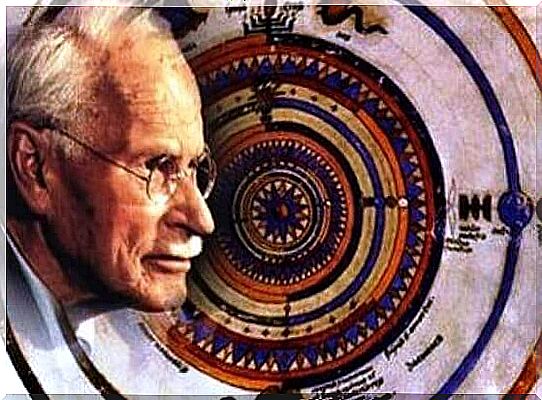
The fantastic world of dream symbology
The most important archetypes are the animus, the anima or the shadow. All represent a part of the dreamer. They can be found in dreams in the form of an old man or an old woman who can also be a teacher we admire, a young woman or a huge insect. In addition to identifying them, the therapist helps the person to unravel what they mean to them.
Symbols like the forest, in the current Jungian school and especially in the West, represent an enigmatic and strange place, which is related to the fear of facing what emerges from the unconscious. It is an example of how the Jungian analyst does not attach a fixed meaning to a dream image. What it does is seek personal meaning for the dreamer, going beyond the obvious appearance of the image.
Symbols of the most common dreams
There is a certain symbology within dreams that seems to be repeated in many people. Dreaming of being pregnant is a type of dream that generates mixed feelings when interpreted literally. From the Jungian perspective, it may be related to some kind of incipient creation. A transforming inner growth.
When an ex or ex appears in a dream, it can actually symbolize a part of the individual who dreams of it. Therefore, it is always important to make an analysis based on what the image represents to us emotionally. That is, how the evocation of this image makes us feel.
Dreaming of tooth loss is another dream that presents a repetitive pattern in the population. It is a dream symbol that often appears in periods of transition or major change.
Dreaming about animals is also archetypal terrain. In interpretation, it significantly influences the sociocultural environment of the dreamer and the emotion that the dreamed animal transmits to us. Whether it causes fear or confidence, whether it was a pleasant dream, or whether it produced a feeling of hostility. Animal symbols have a wide range of interpretation in mythology.
The recurring dreams are often associated with negative experiences that internalized in the form of emotional trauma. They can be interpreted as a warning that attention needs to be paid to healing some aspect that has been repressed without healing.
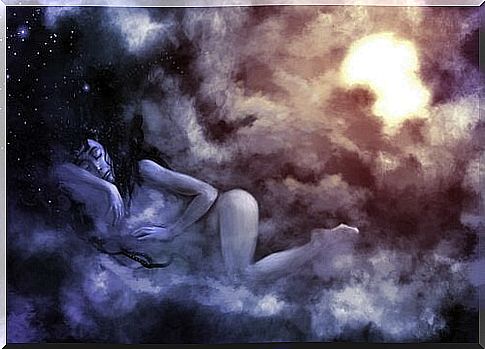
Another way to understand psychology
The psychoanalytic approach does not enjoy full acceptance in more conventional clinical psychology and is not considered scientific psychology. However, to train as an analyst, it is necessary to face years of training in Psychology.
In addition, it is necessary to attend a postgraduate course offered by highly prestigious academic institutions. It also requires the future therapist to undergo analysis before being able to exercise. It is not a method that can be used lightly, and the training of these professionals is very intense.
Based on this approach, dreams can be a great tool that gives you the opportunity to learn and get to know yourself better. Writing down dreams can also be helpful in relating personal meanings and dream symbology.
Nevertheless, if there is the possibility of going to therapy with a good Jungian analyst, the experience can be one of the most rewarding elements on the path to self-knowledge.
